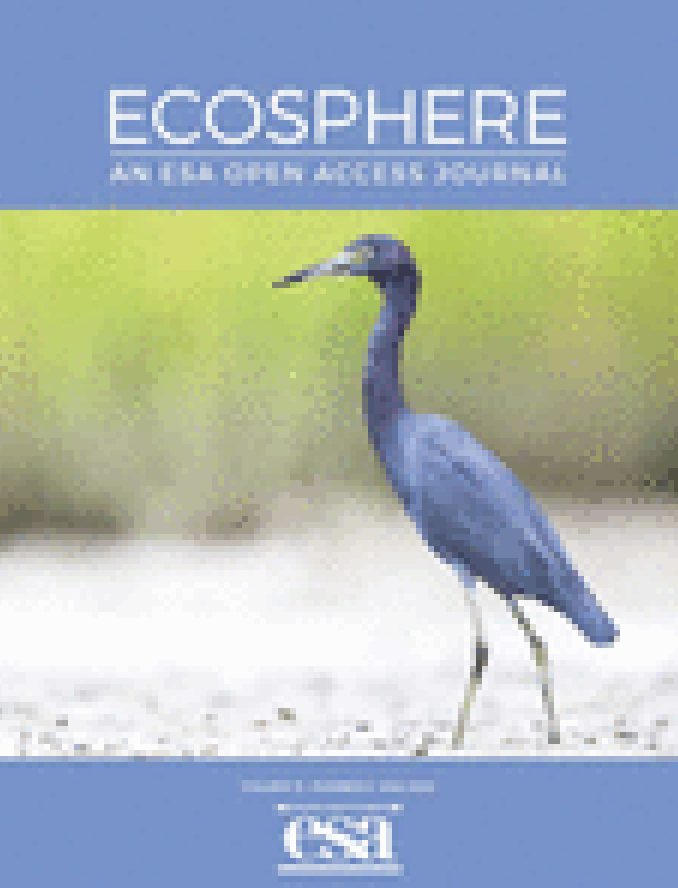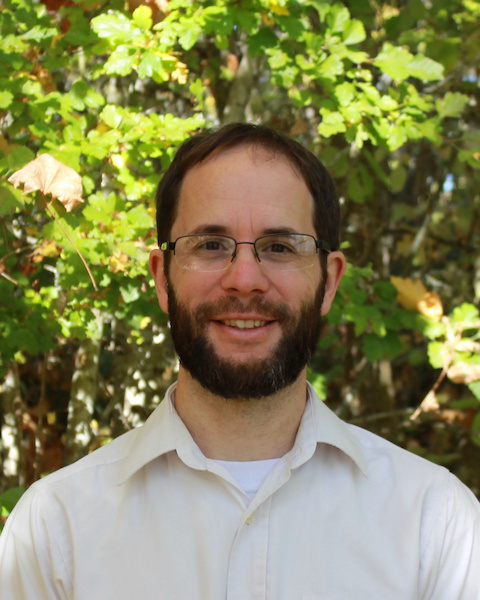The Seedlot Selection Tool and Climate-Smart Restoration Tool are web-based tools designed to match seedlots with planting sites assuming that seedlots are adapted to the past climates in which they evolved, primarily with respect to temperature and aridity. The tools map the climatic match of seedlots with the past or projected climates of planting sites. The challenge is that future climates are a moving target, which means that seedlots must be adapted to the near-term climates as well as the climates of the mid- to late-21st century. Because climate projections are uncertain, the prudent approach is to aim for the warmest climate that may be expected while ensuring that seedlots moved from warmer to colder locales are not moved so far that they risk cold damage. Uncertainty in climate projections may be mitigated by ensuring genetic diversity through mixing seed sources and having collections from many parents per seed source. Three examples illustrate how to effectively use the web tools: (1) choosing seedlots targeting different future climates for a mid-elevation Douglas-fir site in the Washington Cascades, (2) finding current and future seed sources for restoration of big sagebrush after fires in the Great Basin and Snake River Plain, and (3) planning to ensure that a Douglas-fir seed inventory includes seedlots suitable for future climates in western Oregon and Washington.
Seedlot Selection Tool and Climate-Smart Restoration Tool: Web-based tools for sourcing seed adapted to future climates



